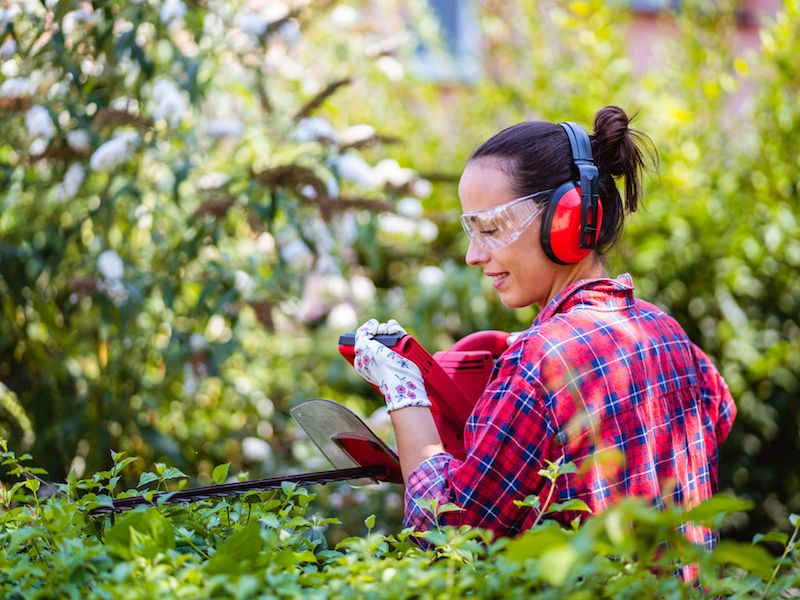
Eating right and protecting your hearing have some parallels. It sounds smart, but not many of us have a good idea of where to begin. This is especially true if you don’t think your daily environment is particularly noisy and there aren’t any apparent dangers to your ears. But your ears and senses can be stressed by day-to-day living, so your auditory acuity can be maintained if you practice these tips.
If you want to continue to enjoy the sounds around you, you need to do everything you can to slow down the degeneration of your hearing.
Tip 1: Ear Protection You Can Wear
The most basic and sensible way that you can safeguard your hearing is to protect your ears. This means taking basic actions to diminish the amount of loud and damaging noises you’re subjected to.
For most people, this will mean utilizing ear protection when it’s warranted. Hearing protection generally comes in two basic forms:
- Ear Plugs, which are placed in the ear canal.
- Ear Muffs, which are placed over the ears.
Neither form of hearing protection is inherently better than the other. There are advantages to each style. What’s essential is that you get some hearing protection that you feel comfortable wearing.
Tip 2: Know When Sound Gets Harmful
But
Generally sounds become harmful at the following levels:
- 85 decibels (dB): This level of sound is dangerous after about two hours of exposure. Your hairdryer or a busy city street are both situations where you will find this volume of sound.
- Over 100 dB: This is where you can injure your hearing very rapidly. Anything over this limit can injure your hearing in minutes or seconds. For instance, jet engines and rock concerts will injure your ears in 30 seconds.
- 95-100 dB: This is about the sound level you’d get from farm equipment or the typical volume of your earbuds. This volume of noise becomes damaging after 15-20 minutes.
Tip 3: Your Phone Can Become a Sound Meter
We can take precautions to minimize our exposure, now that we have a concept of what levels will be hazardous. But in real life, it can be tricky trying to determine what is too loud and what isn’t.
That’s where your smartphone can become a handy little tool. Sound meter apps exist for every type of smartphone.
In order to get an idea of what dangerous levels of noise actually sound like, use your sound meter to check the decibel level of everything you are hearing.
Tip 4: Keep Track of Your Volume Settings
The majority of people today listen to music via their phone or smart device, and they normally use earbuds while they do it. This creates a dangerous scenario for your hearing. Your ears can be significantly damaged if you set your earbuds to high over a long period of time.
So keeping an eye on the volume control means protecting your hearing. You should never raise the volume to drown out noises somewhere else. And we suggest using apps or configurations to make sure that your volume doesn’t unintentionally become hazardously high.
Earbud use can become a negative feedback loop if your hearing begins to decline; in order to compensate for your declining hearing, you may find yourself constantly rising the volume of your earbuds, and in the process doing more damage to your hearing.
Tip 5: Have Your Hearing Checked
You might think that having a hearing exam is something you do only when your hearing starts to diminish. The difficulty is that it’s not always easy to identify a problem in your hearing without a baseline to compare results to.
Scheduling a hearing screening or exam is a good way to obtain data that can be used for both treatment and analytic purposes, ensuring that all of your future hearing (and hearing protection) decisions have a little bit of added context and information.
Keep an Eye on Your Ears
It would be ideal if you could continuously safeguard your hearing without any hassles. But challenges are will always be there. So safeguard your hearing when you can, as often as you can. You should also get your ears tested routinely. Put these suggestions into practice to improve your chances.
